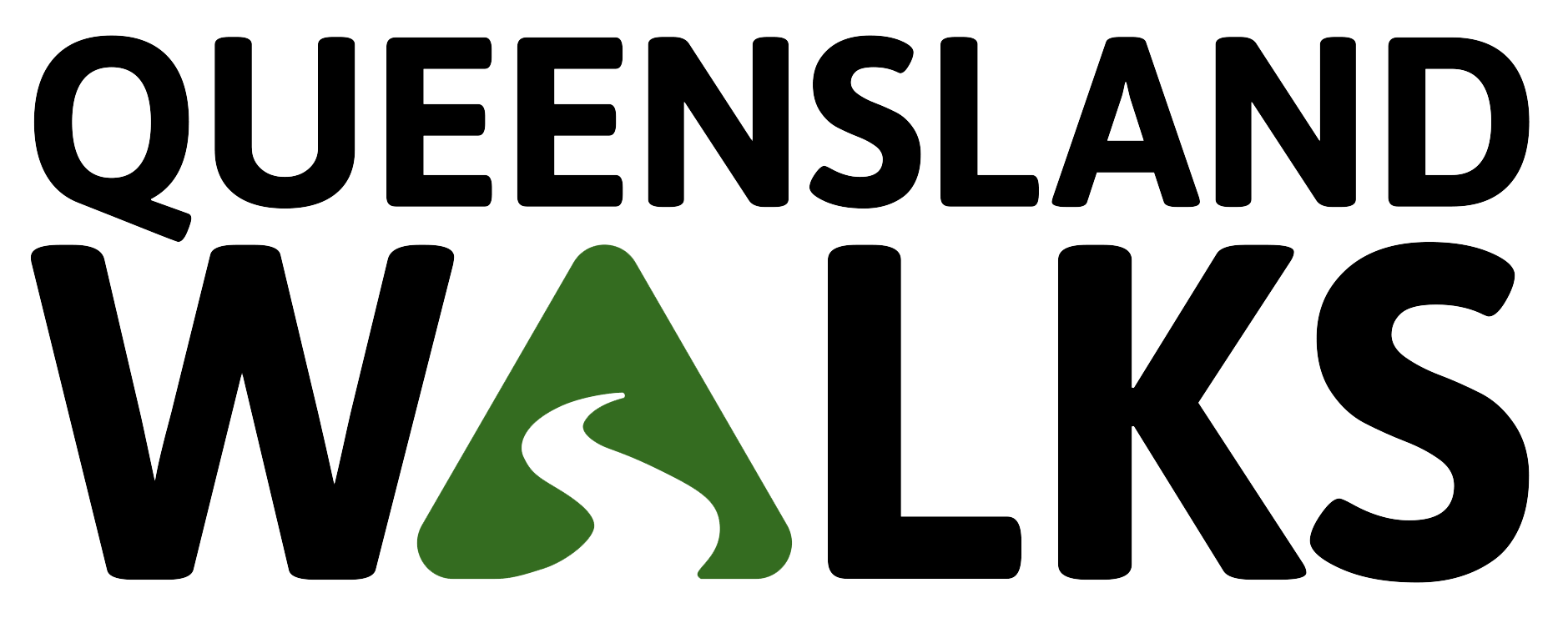Walkable Brisbane: A move in the right direction to walk, roll and stroll in Brisbane.
Queensland Walks congratulates Brisbane City Council on the release of the draft walking strategy – Walkable Brisbane.
“A walking strategy is an important move by Brisbane City Council to identify the gaps in our walking networks, and to plan ahead. We all want to see Brisbane become the most walkable and accessible city in Australia, and the Walkable Brisbane Strategy will kick-start this process” says Anna Campbell, Executive Officer, Queensland Walks – the peak body for walking in Queensland.
Queensland Walks often recognises Brisbane for having some of the best places to walk recreationally, “however we need to escalate the quality of places where we need to walk, roll and stroll to work, to school, to the shops, and to our public transport.”
“With the Paralympics and Olympics just around the corner, it is timely to see the Walkable Brisbane Strategy released for public feedback,” says Anna Campbell.
“The mark of success of the strategy will be Brisbane City Council specifically committing money in their transport budget for better walking infrastructure, with a focus on walking infrastructure in key locations, where we all need to walk, roll and stroll every day. A focus on footpaths and kerb ramps connecting to bus stops and train stations and to take a Whole of Journey approach is critical” says Anna Campbell.
Queensland Walks has been encouraging Brisbane City Council for years to commit to a walking strategy, and so we’re excited to see Brisbane back this strategy. “A walking strategy is important, but the most important will be in how much Brisbane sets in their budgets to invest in walking,” says Campbell. “We’ve called on Brisbane City Council to commence a Pedestrian Priority Program with a $200 million annual investment for pedestrian infrastructure in the suburbs and the inner city. A further $20 million is needed to be spent on resourcing the Walkable Brisbane Strategy”.
Queenslanders with Disability Network agrees, “We welcome Brisbane City Council’s release today of the public consultation of their draft walking strategy. This is an opportunity for the council to shape the future and put Brisbane on the map as one of the most accessible cities for people with disability in the world, everyone deserves the right to freely move around their own city in a safe and accessible manner” said Michelle Moss, from Queenslanders with Disability Network (QDN).
“A Pedestrian Priority Program will include connected footpaths, kerb ramps, wombat crossings, and continuous footpaths with a focus on public transport hubs, around community hubs and destinations such as schools, and shopping precincts. We’re calling on Brisbane City Council to commit $200 million in their transport budget to be spent on dedicated walking infrastructure and safe streets using best practice designs” says Anna, Queensland Walks.
There are over 6,000 streets in Brisbane without a footpath, and 2,200 footpaths on a list for repairs. Many of these streets are inaccessible for parents with prams, people using a wheelchair or a white cane, and older people.
“A Business-as-Usual process by delivering a handful of footpaths here and there every year is not a good strategy, we need to get serious about making our city a safer, comfortable and cooler, and accessible city to walk in. This is why Walkable Brisbane is welcomed” says Anna Campbell.

Facts:
- Brisbane features:
- 15,147 streets, with over 6,183 streets without a formed footpath
- 2,587 streets with a partially formed footpath
- 2,800 streets with a formed footpath on one side
- Just 3,577 streets with a formed footpath on both sides of the road
- There are 2,221 footpaths awaiting repairs.
- One in five Brisbane residents are expected to be over the age of 60 and more reliant on walking, public transport
- 25 % of Queenslanders don’t have a driving licence and therefore rely more on walking, public transport
- 1 in 5 Brisbane residents have or will experience a disability in their lifetime
- The Queensland Walking Alliance made up of 30 Queensland organisations calls for:
- Footpath network reviews
- An increase in dedicated pedestrian infrastructure
- Increased investment in footpath networks as a priority transport mode
- Pedestrian training and staff resources
- Walking strategies with implementation plans.
The Walkable Brisbane Strategy is available online via: https://www.brisbane.qld.gov.au/traffic-and-transport/transport-plan-for-brisbane/creating-a-walkable-brisbane/walkable-brisbane-strategy

